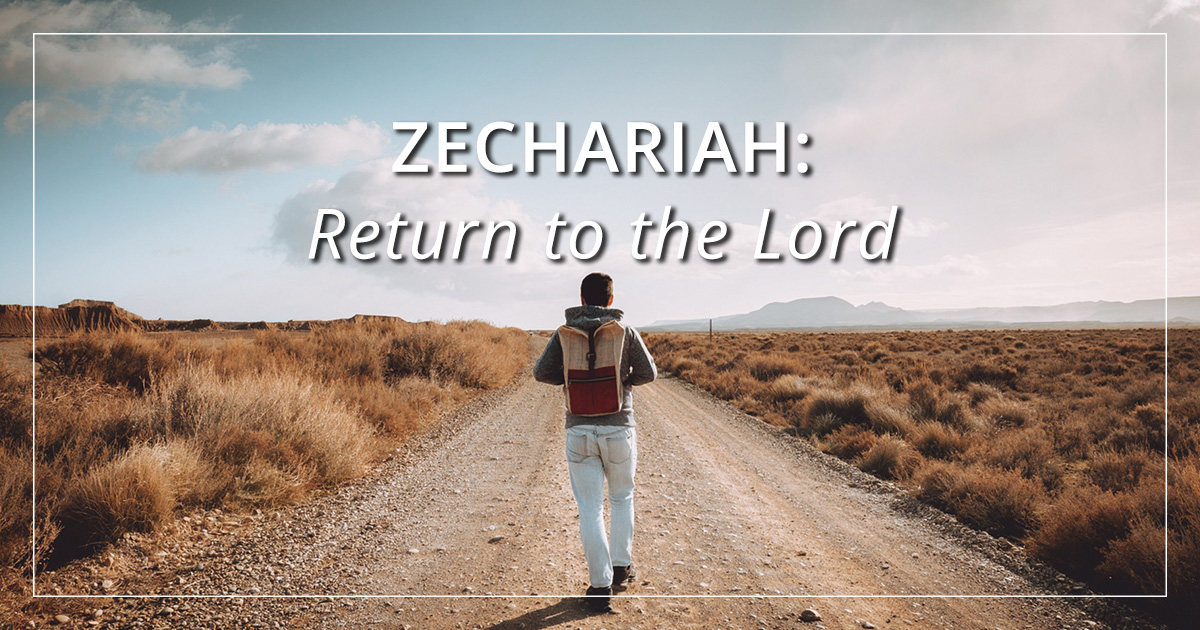

Question and Answer
With so many versions of the Bible, how do I know which is the right or best one?
The most important issue in choosing a translation of the Bible is to find the one you will enjoy reading and understanding. It may be helpful to know two basic approaches to translation. The first approach uses formal equivalence, translating in a word for word or literal way (New American Standard Version, English Standard Version). But since the Bible was written in ancient Hebrew, Aramaic, and Greek, this approach sometimes produces a clunky translation that doesn't always capture the correct meaning of ancient idioms.
The second approach is called dynamic equivalence (New Living Translation, New International Version), translating thought for thought, bringing figures of speech into modern language, and making the text clear and readable. The downside is that it may be more difficult to assess the original author’s meaning.
There is another method which tries to strike a middle road (Christian Standard Bible, Tree of Life Version). Such translations are generally more readable. For Bible study, I suggest using a formal equivalence translation; for fast reading, I would use dynamic equivalence. For my personal Bible reading and study, I find the combination of both approaches most helpful.




